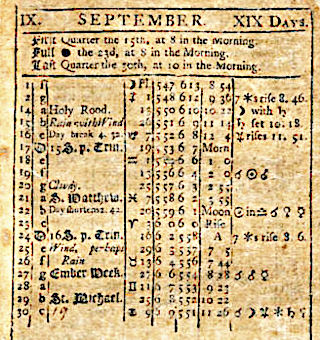In September 1752, the Gregorian calendar reform was implemented in several countries, including the United Kingdom and its American colonies. This reform was designed to correct errors in the Julian calendar, which had been in use for over a thousand years. One of the main changes introduced by the Gregorian calendar was the adjustment of the length of the year to more accurately reflect the time it takes for the Earth to orbit the Sun.
The transition to the Gregorian calendar in September 1752 involved skipping 11 days in order to bring the calendar back in line with the astronomical year. In the United Kingdom and its colonies, the day after September 2, 1752, was declared to be September 14, 1752. This adjustment caused some confusion among the population, as it meant that their birthdays and other annual events were suddenly moved forward by 11 days.
Gregorian Calendar September 1752
Impact of the Gregorian Calendar Reform
The Gregorian calendar reform of September 1752 had a significant impact on various aspects of society. It affected the calculation of religious holidays, the dating of legal documents, and the timing of agricultural activities. The new calendar also standardized the way that leap years were calculated, leading to greater accuracy in measuring time.
Conclusion
In conclusion, the Gregorian calendar reform of September 1752 was a major milestone in the history of timekeeping. By adjusting the calendar to better reflect the astronomical year, this reform improved the accuracy and reliability of the way we measure time. While the transition may have caused some confusion initially, the long-term benefits of the Gregorian calendar reform have been undeniable.
